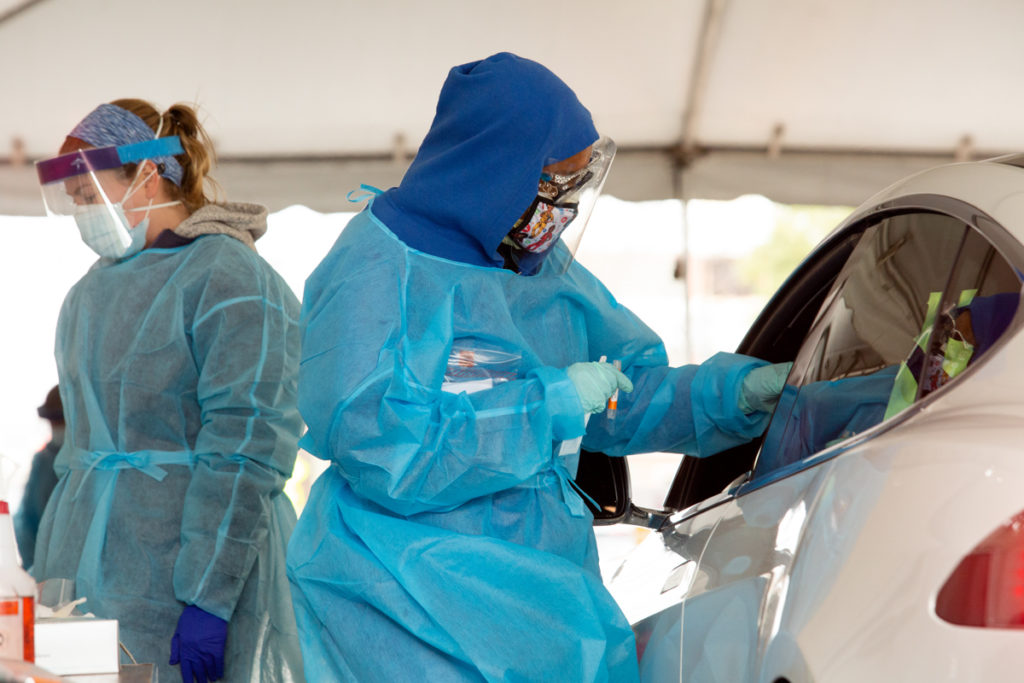
The positivity rate of COVID testing in Tennessee is starting to dip below 10% after a sharp rise in July. The decline shows spread of the virus is more controlled, though the closely-watched figure can be unreliable.
The positivity rate is basically the percentage of COVID tests that come back positive. If the number is high like it was in Tennessee at the end of August — when one-in-five tests were positive for a stint — then epidemiologists assume there are many more cases in the community going undiagnosed.
Some officials even hang policies on this figure. Rutherford County, for instance, is waiting for three consecutive weeks below 10% positivity to lift a school mask mandate.
“It’s so inconsistent. To use it as the litmus for moving policy is extremely concerning to me,” says Jessica Malaty Rivera, who helped lead the COVID-19 Tracking Project. She is now a research fellow at Boston Children’s Hospital.
The positivity rate is a statistic that varies from state to state, and there is no federal standard. Even from one tracker to another, the current positivity rate for Tennessee ranges from 10% to 14%.
Rivera says the rate can change drastically depending on whether it’s a 3-day average or a 14-day average. Or it can be thrown off wildly by testing surges or slowdowns, seen almost every week when a bulge of tests is calculated on Mondays. She calls the peaks and drops “a flaming red flag of unreliability.”
Epidemiologists like Rivera say the positivity rate should only be considered as one of several factors. And right now, the most concrete data is how many people are in the hospital with COVID.
“What’s happening in hospitals and ICUs is a much better kind of temperature gauge on the severity of what’s happening in that jurisdiction,” she says. It’s a lagging indicator, but Rivera says it’s far more dependable.
And Tennessee’s COVID hospitalizations are showing a similarly steady downward trend. They’ve dropped by nearly two-thirds from the peak last month. Despite the improvement in most COVID metrics, they still suggest there’s considerably more disease spreading in Tennessee than in the early summer.

